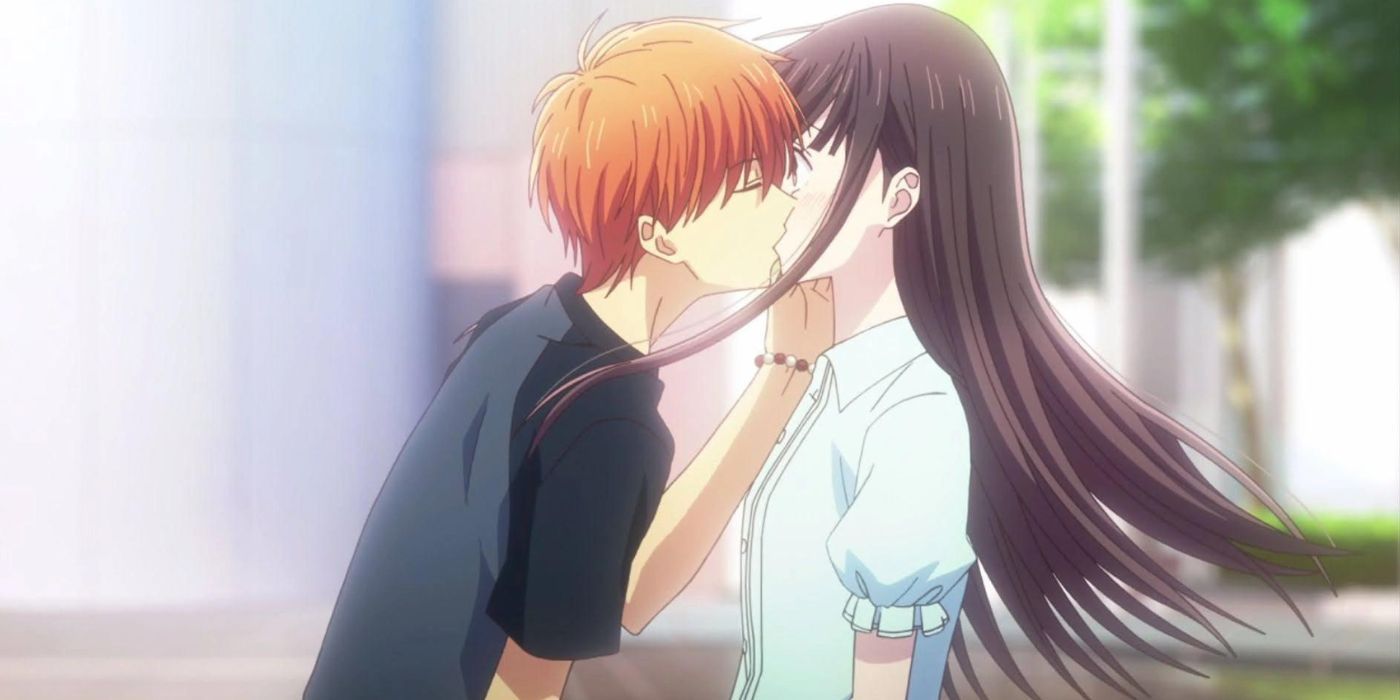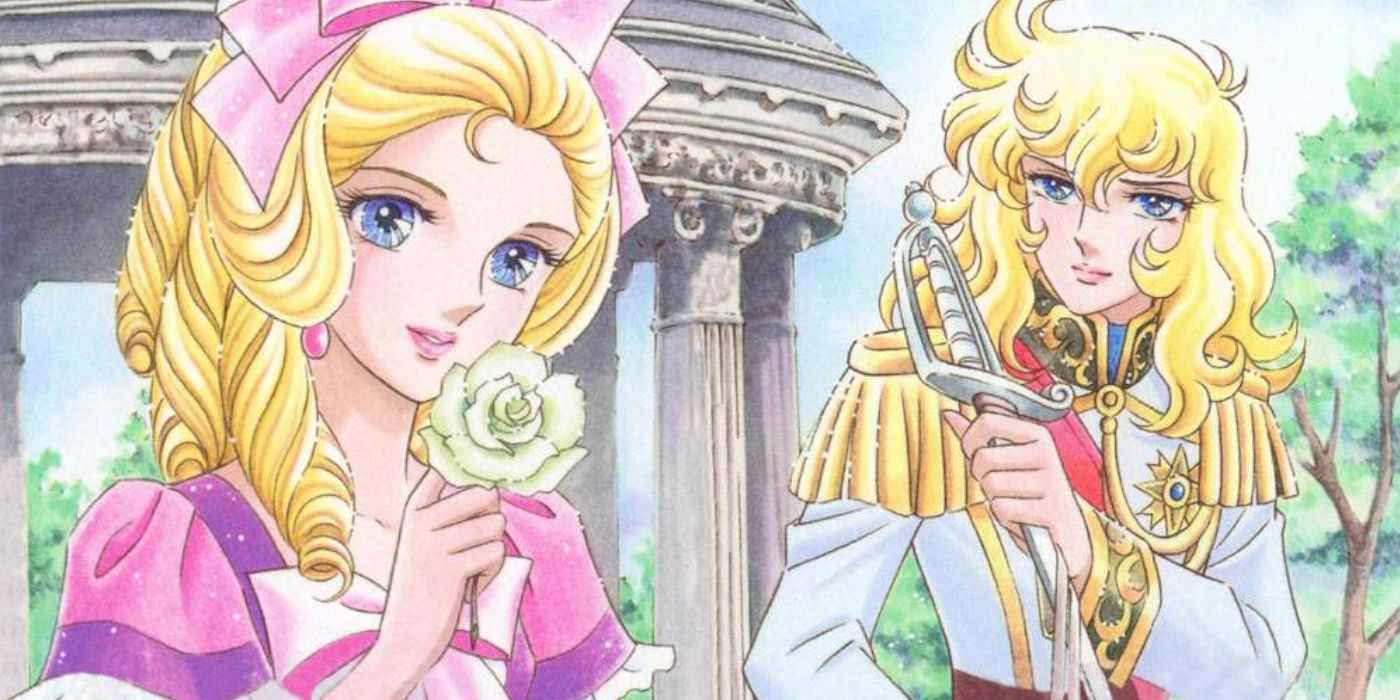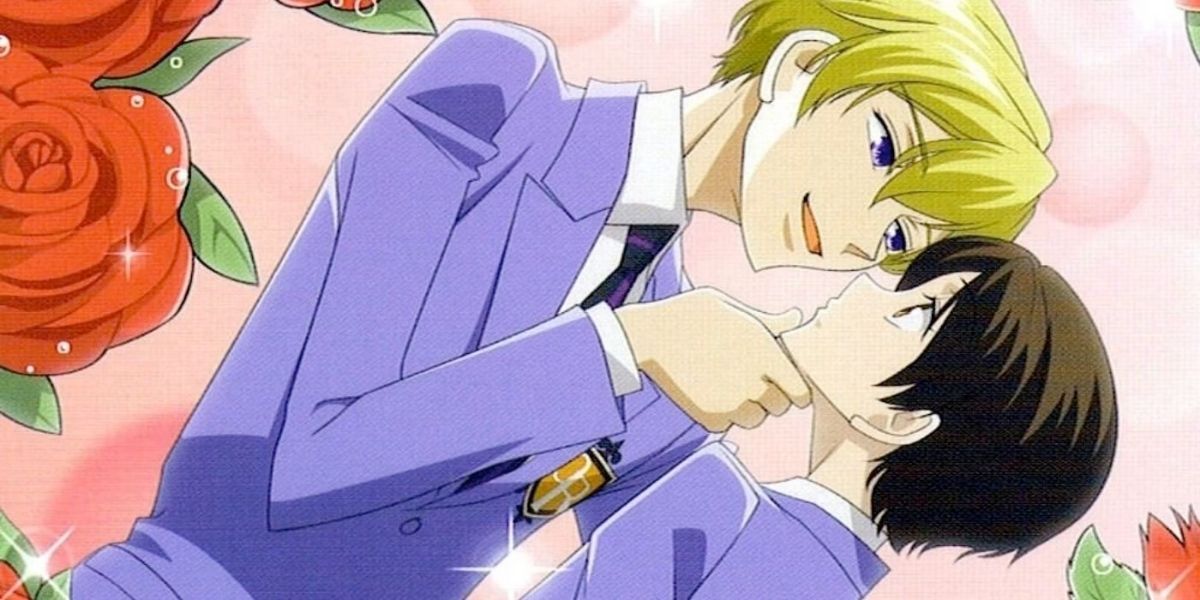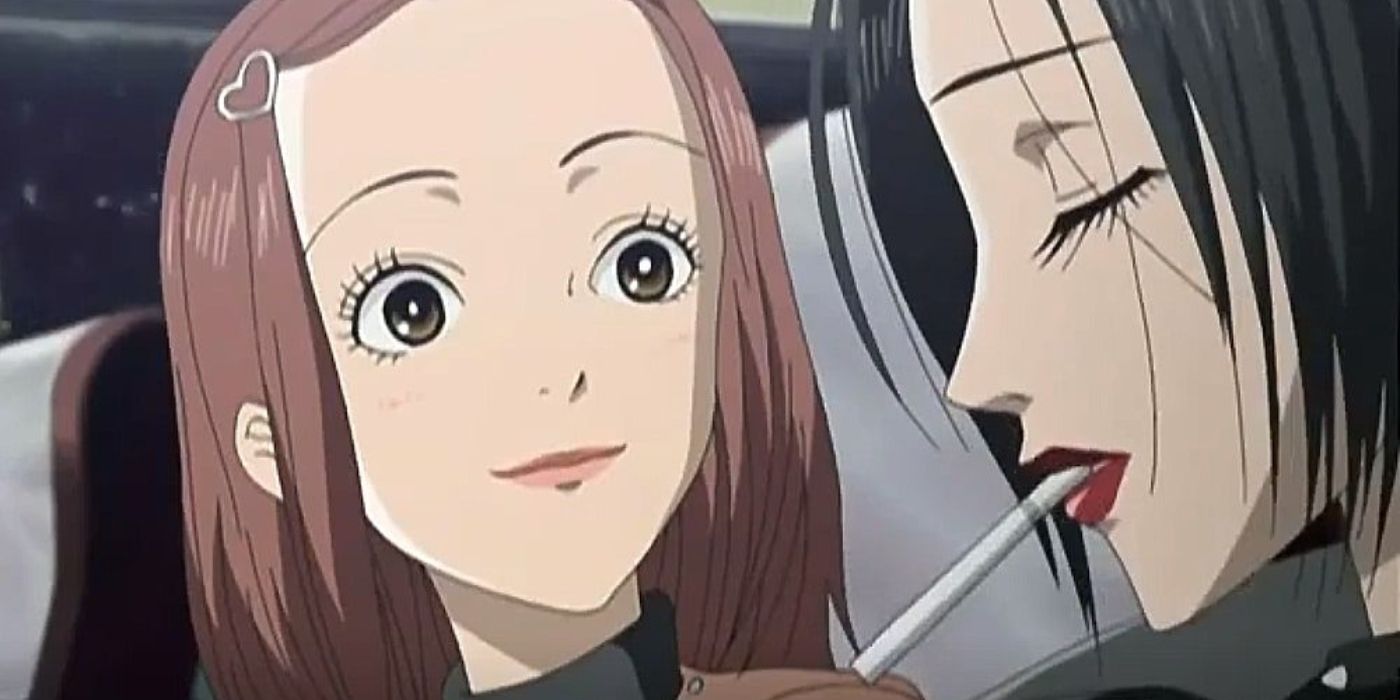It is often the case that a manga series only gets anime adaptations if it has won awards and has a strong readership. Many shonen titles, such as One Piece and Naruto, easily reach these milestones due to captivating audiences with their world-building, action-packed sequences and charismatic characters.
Unfortunately, shojo and josei manga did not receive the same treatment. Even if a series gained popularity, fans would have to wait years for a potential anime adaptation. However, this isn’t the case anymore. As anime and manga slowly become more mainstream, shojo and josei titles are now receiving more recognition. Here's a look into the upward trajectory of these series and why their emergence matters.
A Brief History of Shojo & Josei Manga
In the 1950s, shojo manga — Japanese comics catered to young girls — was recognized as a formal manga category. Many of the artists were men until the 1960s, during which female shojo manga creators emerged. These female artists developed a unique art style, incorporating kawaii aesthetics and storytelling with dramatic plot lines and characters with exaggerated emotions.
However, it wasn’t until the 1970s that shojo manga’s popularity reached a “Golden Age.” Riyoko Ikeda’s The Rose of Versailles redefined gender and sexuality by introducing the first bi-shonen, androgynous male characters. The 1980s and '90s saw the creation of other shojo subgenres. Josei is another demographic category like shonen and shojo, whose content targets adult women. Josei manga is like shojo, but deals with more mature themes like sex.
Yet in the 2000s, shojo and josei manga underwent a significant change in production as publishing companies adapted their manga series into films, musicals and TV dramas. With these multimedia formats, shojo and josei manga found a new home and increased their popularity.
Recycled Love Stories Caused the Downward Trend of Shojo & Josei Series
Shojo and josei manga mainly focus on romance. Whether it’s a Cinderella-inspired story like Boys Over Flowers or a childhood friend’s love tale like Blue Spring Ride, it doesn’t matter what the story is as long as there is a romantic plot line. Yet over the years, these romance stories grew redundant by using the same narrative and tropes, only with different characters.
One example of repetitive love stories is the blossoming relationship between the strange, quiet girl and the popular, optimistic guy in series like Kimi ni Todoke: From Me to You and The Wallflower. Both series have female protagonists who look like The Grudge’s Sadako, making them unapproachable to others. Yet with the help of the popular male student, the heroine learns to love who they are and befriend others. Fans have seen this type of romance narrative often, with only minor changes like in Say “I Love You” and Princess Jellyfish.
Anytime there's a popular subgenre trend in anime, this includes a mass production of anime series with similar content. One particular subgenre that attracts male audiences is the harem anime, in which a male protagonist is surrounded by many potential female suitors. Due to the popularity of harems, there was an assumption that reverse harem series would do the same.
A reverse harem is the opposite of a harem: a young woman is desired among several handsome male suitors and must decide who she wants to be with. Some iconic examples include Ouran High School Host Club and Fruits Basket, which use the generic romance formula and tropes with a variation. Still, its popularity comes from the charismatic and charming male protagonists who fulfill ideal guy types in a woman's fantasy.
Shojo and josei manga have also remained conservative regarding gender roles. The female protagonists portray a timid ‘damsel-in-distress’ role and seek the guidance and chivalry of their male counterparts. These series convey to readers the roles men and women play in society: some viewers may find these gender norms uninteresting as it does not fit with the changing times and worldviews of today.
The Reemergence of Strong-Willed & Assertive Female Protagonists
There has recently been an increasing trend of shojo and josei anime adaptations. One particular reason is the success of shonen-based romance series like Horimiya and Romantic Killer. Those series broke gender stereotypes by crafting strong-willed and independent female characters like Kyoko Hori and Anzu Hoshino.
Furthermore, the isekai subgenre has expanded to telling stories about villainesses and career-oriented female protagonists. For example, Katarina Claes in My Next Life as a Villainess and Aileen Lauren d’Aurtriche from I’m the Villainess, So I’m Taming the Final Boss are female protagonists with bad reputations but are now reclaiming their identities. They make their own decisions and help those in need, resulting in a new sense of self and strong connections with others.
Assertive female protagonists have been around in shojo and josei for a long time, but only now are we seeing an interest in these series. Current viewers can identify with strong-willed and independent female leads, who prioritize their well-being before romance. In Nana, two contemporary young women with the same name live together in Tokyo and are trying to navigate their relationships and find their place in the world. In Snow White with the Red Hair, Shirayuki gets the opportunity to be an herbalist in Zen’s palace and help her palace friends.
Due to the recent popularity of the shonen rom-coms, it isn’t a surprise that there is growing demand for shojo and josei anime with similar storyline elements. 2023 will see more shojo and josei anime, such as The Ice Man & His Cool Female Colleague and The Reason Why Raeliana Ended up at the Duke's Mansion. It seems only a matter of time before anime and manga fans witness another “golden era” for shojo and josei.




